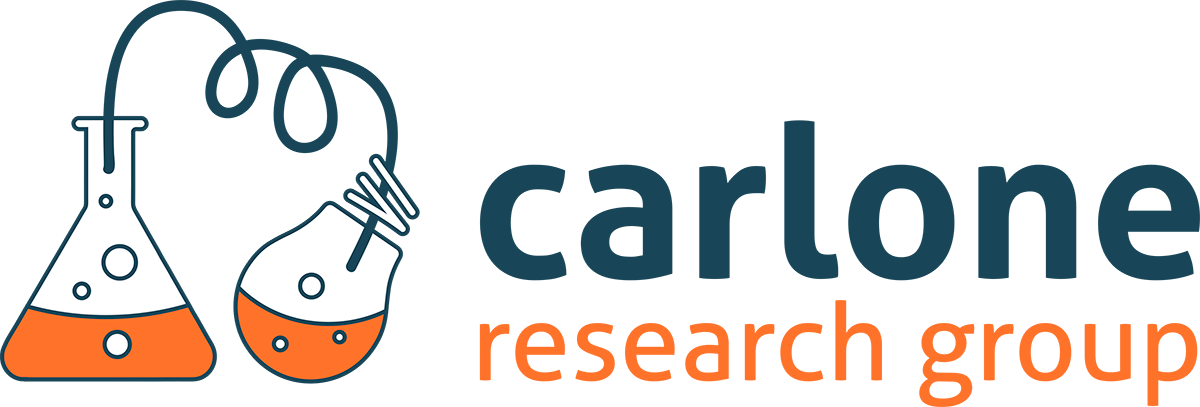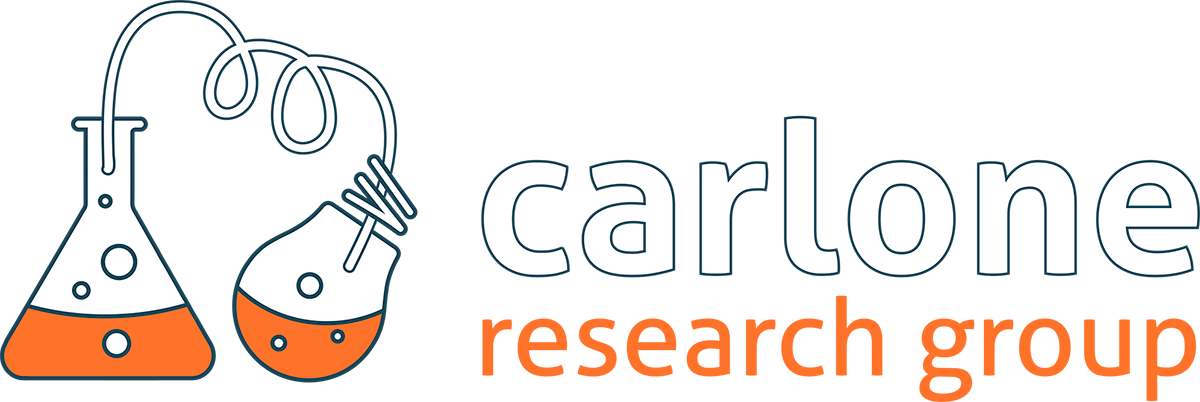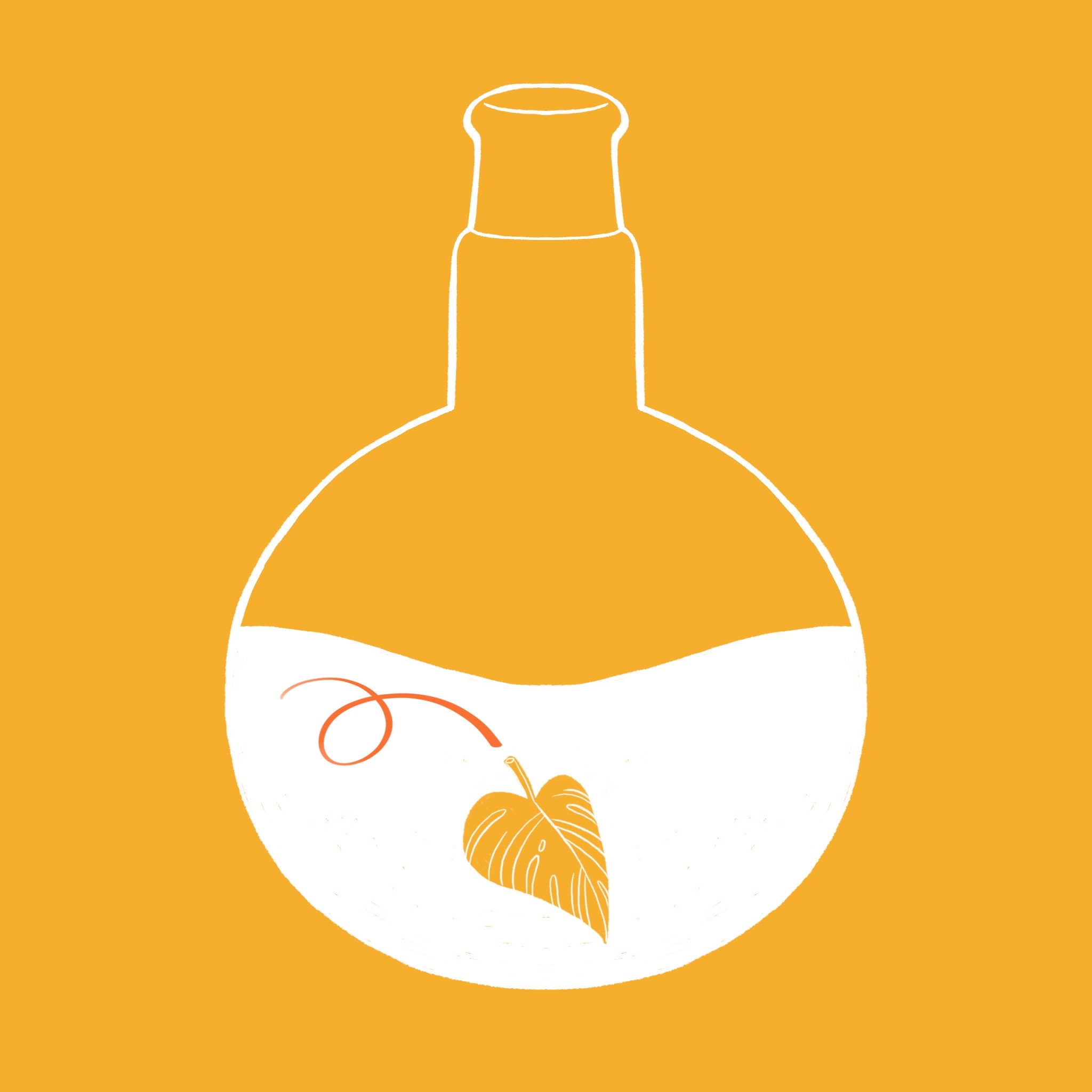

Asymmetric organocatalysis is an established platform in modern chemistry, and it is widely employed both in academia and in industry. We like to craft new activations and transformations. Furthermore, in order to help it being more utilised in process chemistry, we are also interested in tackling its current issues, by exploiting supramolecular chemistry for more efficient catalytic systems, concocting different approaches to reuse and recycle the catalysts, and designing strategies to activate the system with an external stimulus.
Photocatalysis can be traced back to over a century ago, to Giacomo Ciamician, the founder of photochemistry. Photocatalysis has, however, enjoyed a new life in the last decade or so. We investigate photocatalysis, both with organic and metal catalysts, to design new reactivities and activations. We are also interested to use light to activate a chemical system that would be, otherwise, unreactive or to change the route it takes.
Since the beginning of the millennium, organocatalysis has been gaining a predominant role in asymmetric synthesis and it is, nowadays, a foundation of catalysis. Synergistic catalysis, combining two or more different catalytic cycles acting in concert, exploits the vast knowledge acquired in organocatalysis and other fields to perform reactions that would be otherwise impossible. Merging organocatalysis with photo-, metallo- and organocatalysis itself, we aim to devise new activations, access unprecedented trasformations, and design novel access routes to highly-desirable fragments.
Basic and independent research is crucial for the society and its evolution. At the same time, academia and industry need to talk to each other for a dynamic and global development. Our passion for research and our curiosity in science drive us to apply our knowledge in different settings. We are currently contributing to applied research in a range of areas; innovative cosmetics, key intermediates for APIs, and the recycling of organocatalysts.





